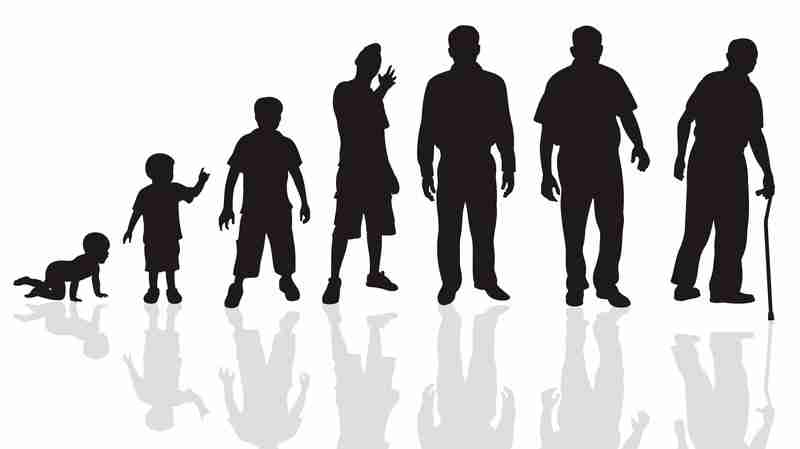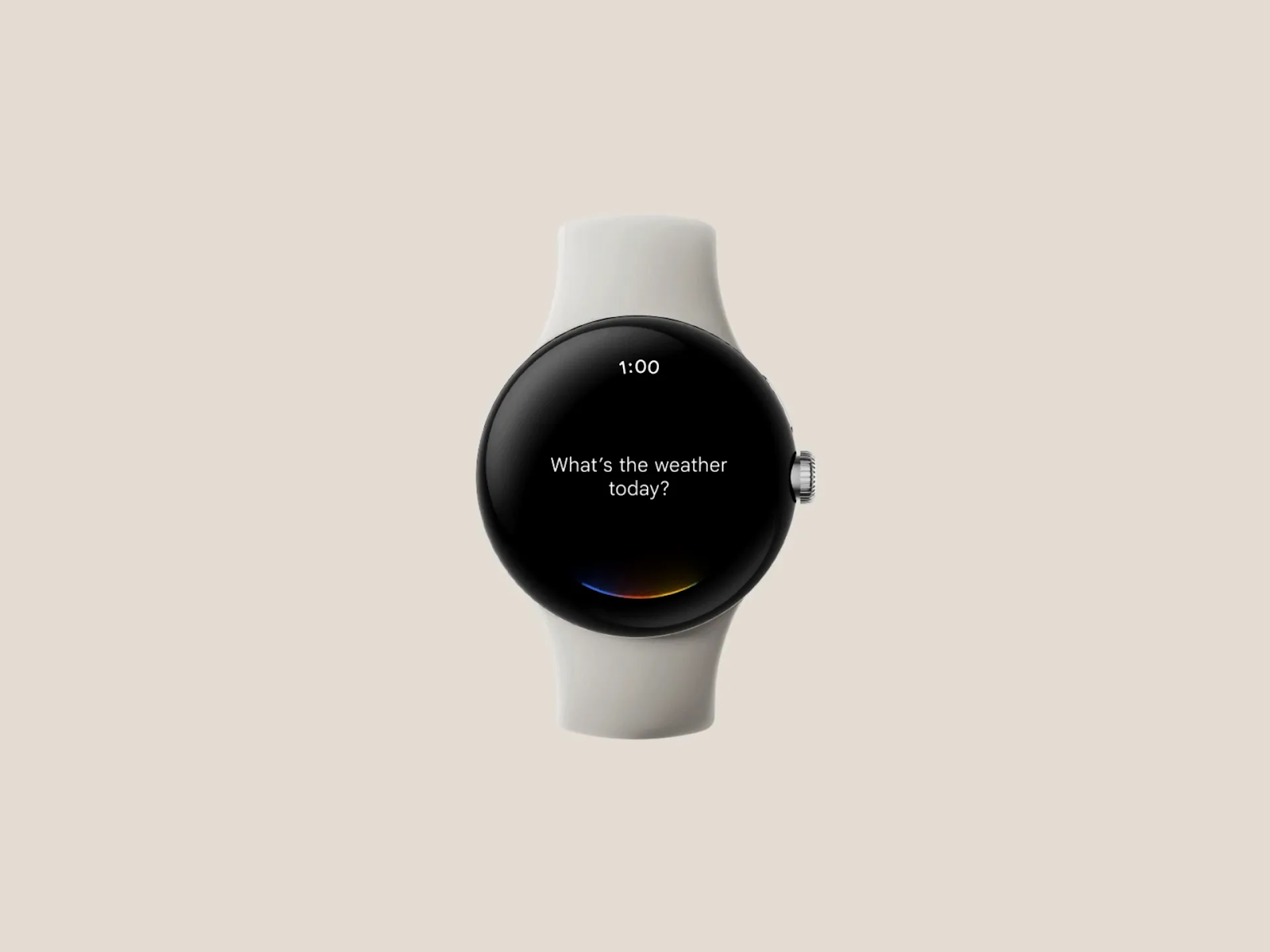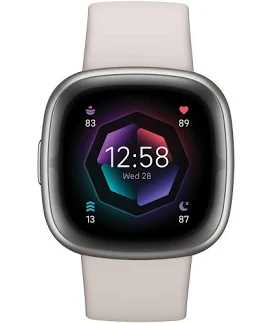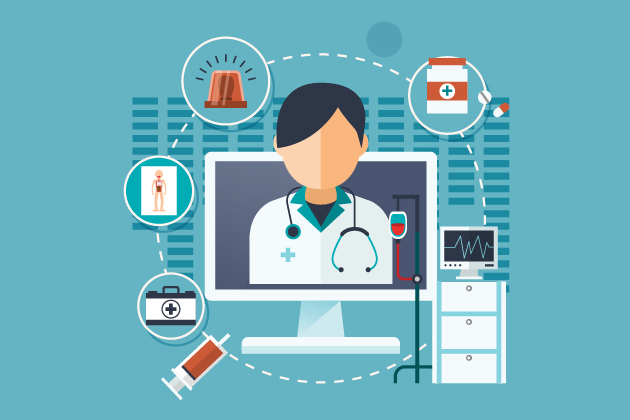Here you can find New and Latest Technology, Science progress, Health care stuff..........and a lot more
Sunday, February 12, 2023
The Importance of Health Insurance: Understanding Your Coverage Options
Saturday, February 11, 2023
The Benefits of Embracing Aging: How to Age Gracefully and Happily
 |
| Dr. J. Fung |
In addition to physical health, mental health is also important as we age. Keeping our minds active through activities such as reading, solving puzzles, and learning new skills can help improve cognitive function and prevent age-related declines.
The Rise of Plant-Based Diets and their Benefits for Health: Understanding the Trend and its Impact
 |
| Harvard Health |
In addition to the health benefits, plant-based diets are also more sustainable and environmentally friendly. By reducing the consumption of animal products, we can decrease our carbon footprint and reduce the strain on the planet's resources. Animal agriculture is a major contributor to greenhouse gas emissions and deforestation, and adopting a plant-based diet can help mitigate these negative impacts.
Friday, February 10, 2023
Basics of green tea
Monday, February 6, 2023
Friday, February 3, 2023
How to Save Humanity from Extinction
1. Figure out climate change:
2. Figure out nukes:
3. Figure out asteroids:
Best for Wear OS
Thursday, February 2, 2023
Best Watch for Android Owners
Courtesy: wired.com
Best Running Watch

Courtesy: wired.com
Best Budget FitnessTracker
Samsung S23 Ultra

Apple Series 8 watch
Apple Series 8
People tend to hold on to their Apple Watches for years, and rightfully so—it is far and away the best fitness tracker if you have an iPhone. So if you want one, you're best off with the latest Series 8. We're still testing it, but this year's Series 8 comes with new body temperature sensors that are aimed at tracking menstrual cycles. It also has new safety features, such as Crash Detection. In the event of a severe car accident, the Series 8 will use a powerful new accelerometer and gyroscope as well as the barometer, GPS, and microphone to detect a car crash and alert emergency services if the user has not responded within 10 seconds.
Best Fitness Trackers and Watches for Everyone
LIKE EVERY PIECE of gear you wear on your body day in and day out, fitness trackers are incredibly personal. They have to be comfortable and attractive, sure, but they must also fit your lifestyle, as well as when and how you like to work out. Do you bike, row, or do strength training? Do you run on trails for hours at a time, or do you just want a reminder to get up every hour?
Fitbit Charge 5


Courtesy: https://www.wired.com/
Wednesday, February 1, 2023
Smartwatches and Fitness Trackers: How They're Changing the Game for Health and Wellness
One of the biggest benefits of smartwatches and fitness trackers is their ability to track physical activity and monitor vital signs such as heart rate, sleep patterns, and calorie burn. This data can be used to develop a more comprehensive picture of an individual's overall health, allowing them to make informed decisions about their diet, exercise, and overall lifestyle.
Another benefit of these devices is that they make it easier to set and track fitness goals. With features such as customized workout plans, progress tracking, and personalized coaching, users can stay motivated and on track with their fitness goals.
Smartwatches and fitness trackers also offer a convenient and easy way to manage stress and improve mental well-being. With features such as guided meditation and breathing exercises, users can take control of their mental health and reduce stress levels.
Finally, these devices provide a more convenient and accessible way to monitor health, reducing the need for frequent doctor visits and traditional health monitoring methods. This can be especially helpful for individuals with chronic health conditions, allowing them to better manage their health from home.
The Benefits of Telehealth: Why More People are Turning to Virtual Doctor Visits
Your Brain Uses Calculus to Control Fast Movements
Your Brain Uses Calculus to Control Fast Movements
To sharpen its command over precise maneuvers, the brain uses comparisons between control signals—not the signals themselves.
This setup is the basis for research published in July in Cell Reports by the neuroscientists Elie Adam, Taylor Johns and Mriganka Sur of the Massachusetts Institute of Technology. It explores a simple question: How does the brain—in mice, humans and other mammals—work quickly enough to stop us on a dime? The new work reveals that the brain is not wired to transmit a sharp “stop” command in the most direct or intuitive way. Instead, it employs a more complicated signaling system based on principles of calculus. This arrangement may sound overly complicated, but it’s a surprisingly clever way to control behaviors that need to be more precise than the commands from the brain can be.
Control over the simple mechanics of walking or running is fairly easy to describe: The mesencephalic locomotor region (MLR) of the brain sends signals to neurons in the spinal cord, which send inhibitory or excitatory impulses to motor neurons governing muscles in the leg: Stop. Go. Stop. Go. Each signal is a spike of electrical activity generated by the sets of neurons firing.
The story gets more complex, however, when goals are introduced, such as when a tennis player wants to run to an exact spot on the court or a thirsty mouse eyes a refreshing prize in the distance. Biologists have understood for a long time that goals take shape in the brain’s cerebral cortex. How does the brain translate a goal (stop running there so you get a reward) into a precisely timed signal that tells the MLR to hit the brakes?
“Humans and mammals have extraordinary abilities when it comes to sensory motor control,” said Sridevi Sarma, a neuroscientist at Johns Hopkins University. “For decades people have been studying what it is about our brains that makes us so agile, quick and robust.”
Read the full article here.
Monday, January 16, 2023
Telehealth and COVID-19
The COVID-19 pandemic has brought about a significant shift in the way healthcare is delivered, with telehealth becoming a crucial tool in the fight against the virus. Telehealth, also known as telemedicine, is the use of technology to provide medical services remotely. This can include virtual consultations, remote monitoring, and the use of electronic communication to share medical information.
One of the biggest advantages of telehealth during the pandemic has been the ability to reduce the spread of the virus by limiting in-person visits to healthcare facilities. Virtual consultations have allowed patients to receive medical attention from the safety of their own homes, reducing the risk of exposure to the virus. This has been especially beneficial for people who are at high risk for COVID-19, such as the elderly and those with underlying health conditions.
Telehealth has also played a vital role in managing the surge of COVID-19 cases. With hospitals and clinics overwhelmed by patients, telehealth has helped to ease the burden on the healthcare system by allowing doctors to see more patients in a shorter amount of time. It has also helped to reduce the need for personal protective equipment (PPE), which is in short supply during the pandemic.
The use of telehealth has also been expanded in many countries due to the pandemic. Many governments have temporarily relaxed regulations and laws on the use of telehealth, making it easier for healthcare providers to use the technology. This has led to an increase in the number of patients using telehealth services, and it is likely that many of these changes will become permanent even after the pandemic is over.
However, telehealth is not without its challenges. One of the main challenges is ensuring that patients have access to reliable and high-speed internet, as well as the necessary equipment for virtual consultations. Additionally, there is a need for healthcare providers to be trained in the use of telehealth technology and to ensure that patient privacy and security are protected.
In conclusion, telehealth has played a vital role in the fight against COVID-19. It has helped to reduce the spread of the virus and ease the burden on the healthcare system. The pandemic has accelerated the use of telehealth, and it is likely that it will continue to play a significant role in healthcare delivery even after the pandemic is over. It is important that governments, healthcare providers, and patients work together to ensure that telehealth is implemented in a way that is inclusive, equitable, and that meets the needs of all patients.
Source: AI and Freepik
Thursday, January 12, 2023
Virtual healthcare
Virtual healthcare is a rapidly growing field that utilizes technology to provide medical services remotely. Instead of visiting a doctor or healthcare facility in person, patients can receive care through video conferencing, phone calls, or other forms of electronic communication. This technology has the potential to revolutionize the way healthcare is delivered, making it more accessible and convenient for patients, especially those living in remote or underserved areas.
One of virtual healthcare's biggest advantages is patients' ability to receive medical attention from the comfort of their homes. This eliminates the need for transportation and can be especially beneficial for people who have mobility issues or live in rural areas. Additionally, virtual consultations can be scheduled more quickly and easily than traditional in-person appointments, reducing wait times and allowing for more efficient use of healthcare resources.
Virtual healthcare is also beneficial for doctors and healthcare providers. It allows them to reach a wider patient population and increase the number of patients they can see daily. It also helps in reducing the transmission of infectious diseases and reduces the costs of the healthcare organization
Telemedicine also plays a vital role in the management of chronic diseases such as diabetes, hypertension, and asthma where regular monitoring is needed. Remote monitoring devices such as blood pressure monitors, glucose meters, and pulse oximeters can send the data to a healthcare provider allowing for real-time monitoring of a patient's condition.
However, virtual healthcare does have its limitations. One of the main challenges is the need for a reliable and high-speed internet connection. There is also a lack of understanding among some people about how telemedicine works, and how to use it, which can make it less accessible to certain patient populations.
In conclusion, virtual healthcare, through telemedicine, has the potential to transform the way healthcare is delivered. It can increase access to care, reduce costs and improve the overall quality of care. However, it is important to ensure that this technology is implemented in a way that is inclusive and equitable for all patients, regardless of their location or socioeconomic status.
Link: AI
Image courtesy: https://www.letscale.com/
Telemedicine
Telemedicine is the delivery of healthcare services remotely using telecommunication technology. This can include video conferencing, phone calls, and the sharing of medical information via the internet. The goal of telemedicine is to provide patients with access to medical care regardless of their location, which can be particularly beneficial for those living in rural or remote areas, or for those with mobility issues.
Telemedicine has been around for several decades, but has seen a significant increase in popularity in recent years. One of the main drivers of this increase has been the development of technology that makes it easier and more affordable to conduct telemedicine consultations. For example, the widespread adoption of smartphones has made it possible for patients to have video consultations with healthcare providers from anywhere, at any time.
One of the most common forms of telemedicine is known as telehealth. This is a broad term that encompasses all types of remote healthcare services, including telemedicine. Telehealth can include virtual visits with a doctor, nurse, or other healthcare professional, as well as remote monitoring of a patient's condition.
Another way telemedicine can benefit patient is virtual care, also known as telecare. This is the provision of healthcare information and support to patients in their own homes, allowing them to manage their condition without having to travel to a healthcare facility. This can include things like monitoring vital signs, providing medication reminders, or providing education and support on a patient's condition.
Telemedicine also has several benefits for healthcare providers. These include the ability to see more patients in a shorter amount of time, which can lead to increased efficiency and productivity. Additionally, telemedicine can reduce the need for healthcare providers to travel to see patients, which can save them time and money.
One of the most essential benefits of telemedicine is access to specialists. This can be particularly beneficial for patients living in rural or remote areas, who may not have easy access to specialized healthcare services. Through telemedicine, they can consult with a specialist from a hospital or clinic in a different location, allowing them to receive the care they need without having to travel long distances.
Telemedicine can also be an important tool for improving healthcare outcomes. Studies have shown that patients who use telemedicine have lower rates of hospitalization and readmission, and better outcomes for chronic conditions such as diabetes, heart disease, and respiratory illness.
Despite the benefits, telemedicine has its challenges. One of the main challenges is ensuring the quality of care provided. In order to ensure that patients receive high-quality care, telemedicine providers must have the appropriate training, technology, and support to deliver care remotely.
Another challenge is the reimbursement and billing of telemedicine services. To be covered by insurance or a government health plan, telemedicine services must be provided under certain circumstances. Also, the billing codes used to report telemedicine services differ from those used for in-person services.
In conclusion, telemedicine is a promising technology that has the potential to improve access to healthcare, particularly for patients living in rural or remote areas or those with mobility issues. It also has the potential to improve healthcare outcomes and reduce healthcare costs. However, in order to achieve these benefits, it will be important to overcome the challenges of ensuring the quality of care, reimbursement, and billing.
Link: AI
Image courtesy: Rmmagazine













